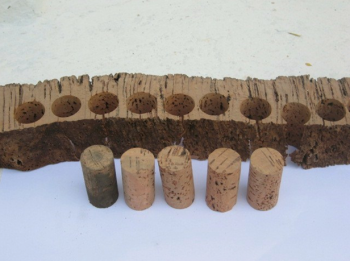Tree damage control in a cork oak forest
Submitted by mcssilva on 31 March 2020Reducing the amount of damages in the cork oak forest is very important in terms of the sustainability of this ecosystem. Although some of the wounds may have a natural origin (e.g. lightning), most of them have a human source linked to the management operations. The cicatrisation rate of the wounds differs from tree to tree, according to wound size, the tree vitality and the time of the year (5). The establishment of simple recommendations for the forest managers to identify the potential risks associated with the operations and consequences of these wounds can contribute to increase the...



